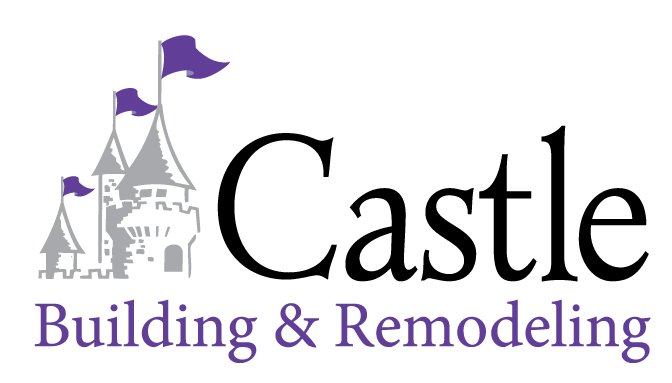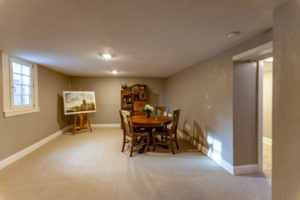
When you buy a home, chances are you’ll want to put your own special touches on it with updates and improvements. But how will you pay for your remodeling wish list?
This article will show you how to budget for various remodeling projects for your Minneapolis-area home, whether it’s a new house, a fixer-upper, or a property you plan to flip a few years down the line.
Prioritize Your List of Remodeling Projects
You are about to plunk down a lot of money to buy a home, but you also have — or should have — already earmarked some funds for those renovations and improvements you want to make.
What is your remodeling budget? That’s the starting point. Then look at the list of remodeling projects and renovations you want to make and prioritize that work. What projects do you need or want to do first? Which projects can wait?
For example, you might want to prioritize home improvements that will increase your property value, such as new windows, a patio, a fire pit … (to create an outdoor space that’s enjoyable on those chilly Minneapolis nights), and an outdoor screened porch.
Here are some remodeling projects that typically bring a good return on investment (ROI). We’ll cover some ways to pay for or budget for these projects a bit later.
Basement remodel: If you want to turn your basement into a family room, bedroom, or entertainment center, that will typically cost between $40,000 and $90,000. If you add a bathroom downstairs, that will increase your costs.
![kitchen2[1]](https://www.castlebri.com/wp-content/uploads/kitchen21-325x217.jpg)
Kitchen makeover: Adding new appliances, countertops, backsplashes, sink and faucet, flooring, trim, and the like can get rather pricey. Updating your kitchen can cost anywhere from $30,000 to $34,000, but bringing the kitchen up to date increases your home value and your own personal enjoyment if you love to cook and entertain.
Home improvement prices will vary based on the materials used, vendors, labor, and the time involved. For example, high-end, brand-name kitchen appliances and fixtures from designer showrooms tend to cost more than those found in big-box home retailers.
Pro Tip: Get at least three estimates before you contract for any home improvement and add 10% to your budget to cover any incidentals.
Building permits add costs. Room additions, swimming pools, retaining walls, decks, and other elaborate projects require a Minneapolis building permit. Different communities have different rules, but your contractor often can handle getting the required permits and includes this in the project price.
Once you’ve landed on the price of the remodeling project, subtract that from your home improvement budget. Do this for each project on your home improvement wish list. This will keep your home remodeling budget out of the red.
How to Budget for Your Home Projects
If your remodeling wish list is loaded with projects and you want to try to get as much done as quickly as possible, there are some fancy financial tools to help you turn your fixer-upper into your dream home.
Cash: The best way to pay for a home remodeling project is cash. Tap that money you set aside for home remodeling when you closed on your home. Paying for a remodeling project upfront is usually easy if you’re talking about painting a room, staining a deck, or adding some low-cost solar lighting around the property.
Earmarked savings account: Banks make it easy now to save for a goal, whether it’s a big vacation, the arrival of a baby, or a big-ticket home improvement. Some banks let you sweep money from your checking to your earmarked savings account every pay period. When you have enough in the account, tackle that home improvement project.
For larger remodeling projects, you may need a bigger financial plan.
Credit cards can tide you over until you get paid, but don’t put any remodeling project on plastic that you won’t be able to pay off when the statement comes. Why? Credit cards have high-interest rates if you can’t pay your bill.
But if you play your cards right, the rewards points you earned paying to renovate your home office could pay for your next Florida vacation.
Home Equity Lines of Credit (HELOC) – Placing a second mortgage on your house may not be wise to pay for a home remodeling project unless you’re sure to recoup the costs when it’s time to sell the property.
Here’s why: Home equity loan fees are like an original mortgage and may include (but are not limited to) property appraisal, application, closing costs, title search, mortgage preparation, title insurance, and taxes.
The Best Advice?
Pay as you go: Work down your remodeling wish list like Santa checks off the kids’ gifts on his list.
If you have a big sack of money to tap for renovations after closing, go for it. Get as much done as you want — as long as you have enough money for furniture in your home, food on the table, and keeping the lights and heat on, of course.
Keeping the heat on is especially important in our Minneapolis winters.
If your home improvement wish list is longer than you have funds to pay for now, tackle those projects only when you can afford them. Why? You don’t want your new home to become a money pit you dug yourself by tackling too much renovating too soon.
Cindy Mitchell is a home stager and lifestyle and landscape design writer. She is a social butterfly and loves to entertain guests at home with beautifully decorated spaces for any occasion.

